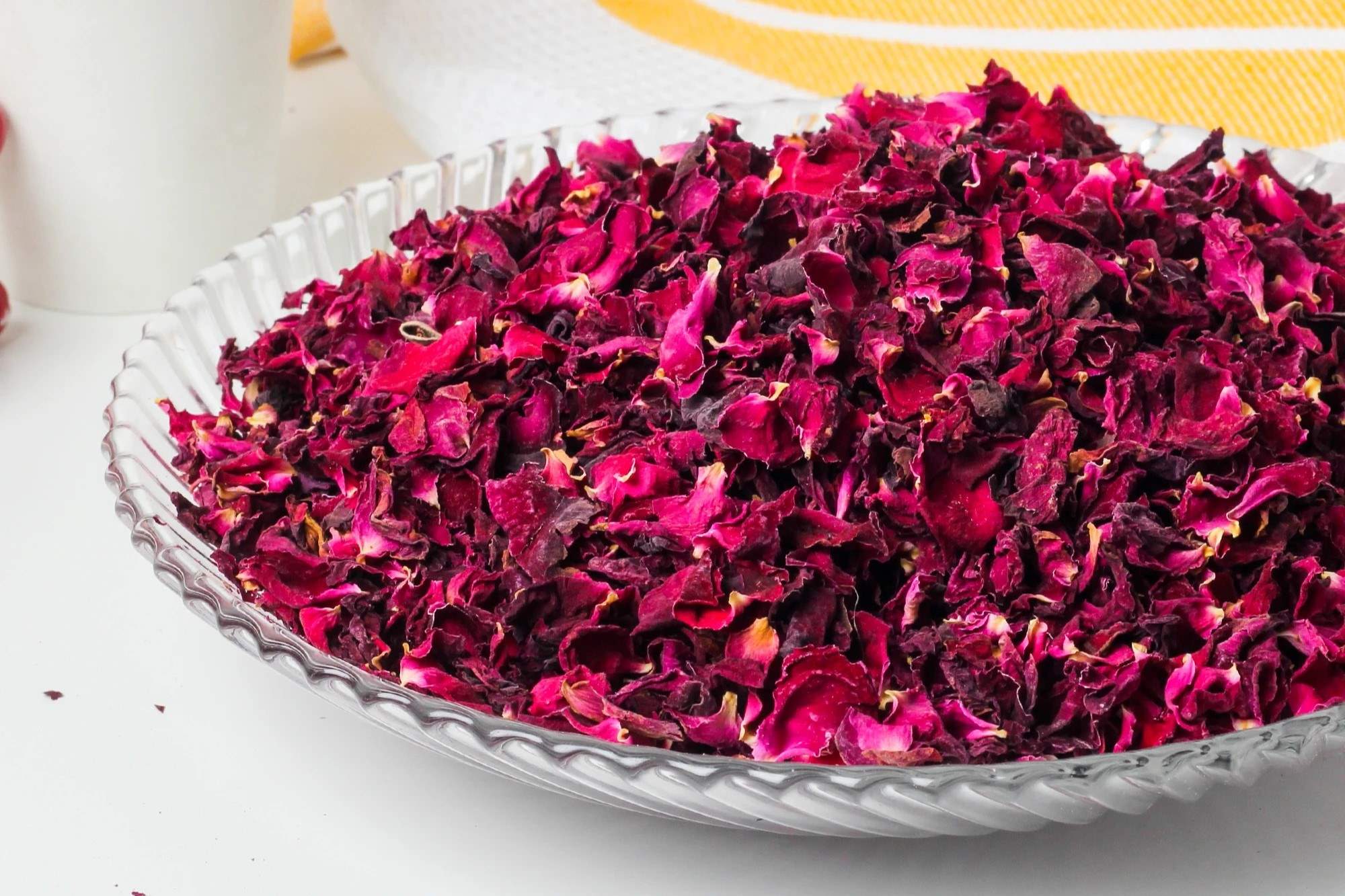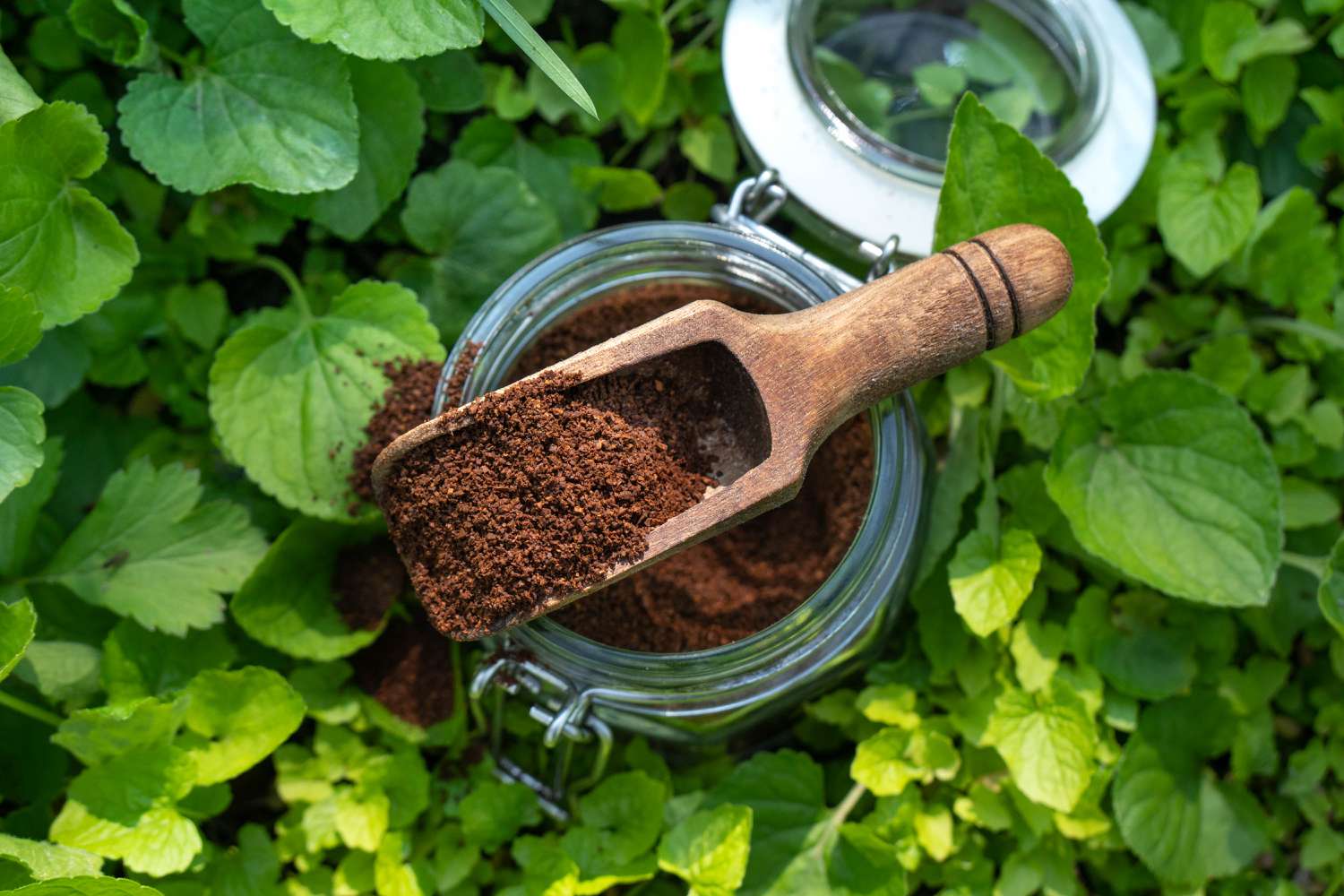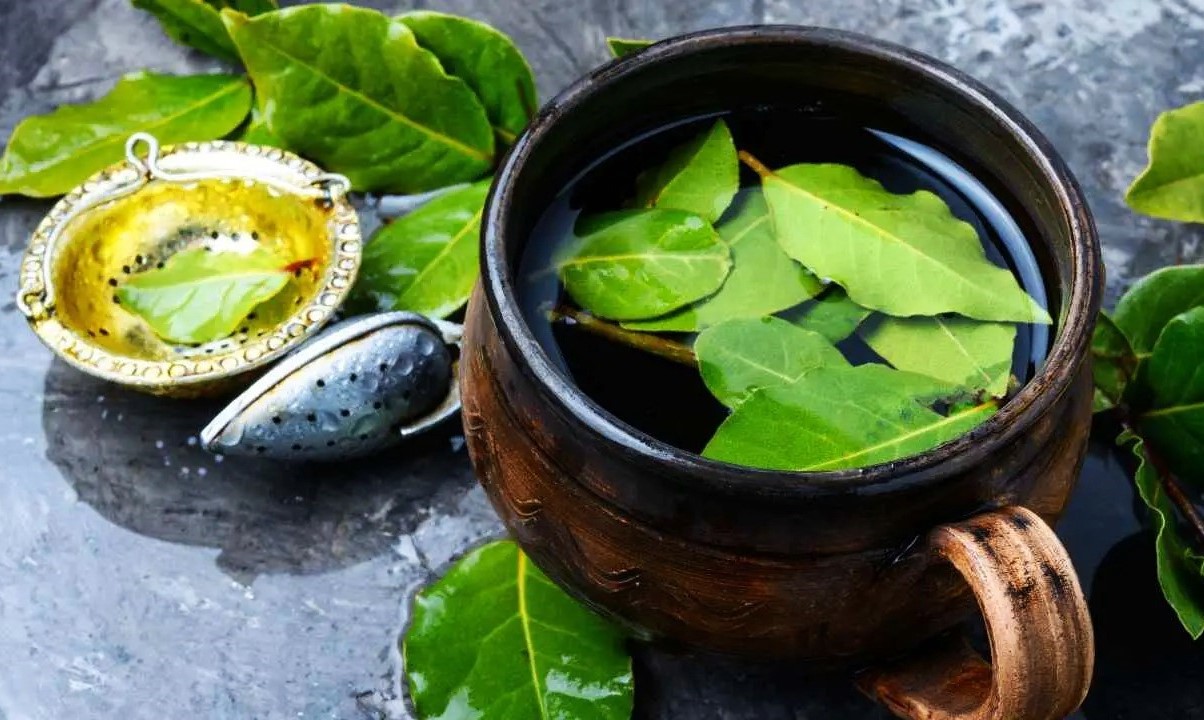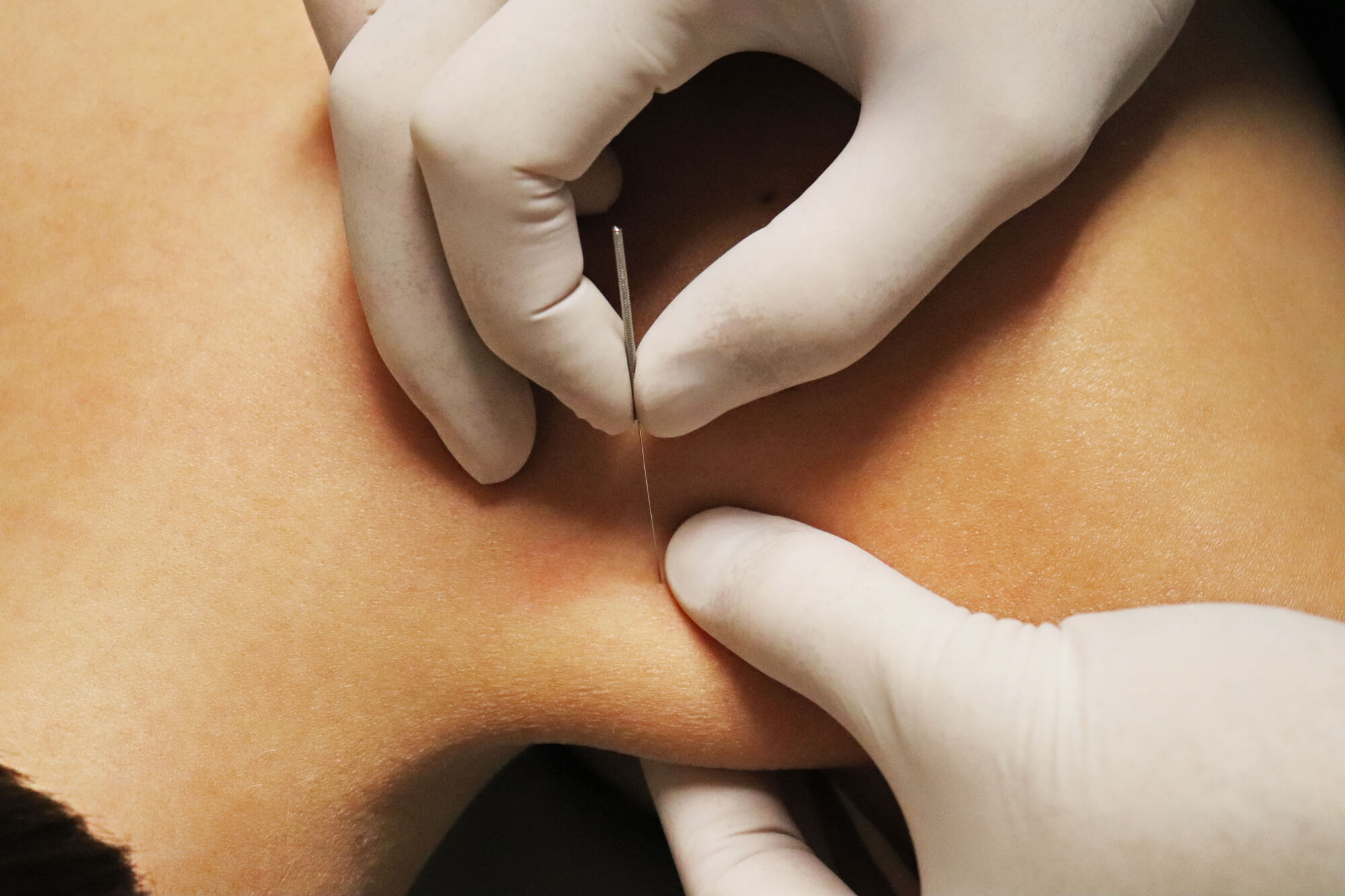Home>Home and Garden>How To Dry Rose Petals


Home and Garden
How To Dry Rose Petals
Published: March 2, 2024
Learn how to dry rose petals at home and use them for various DIY projects. Discover easy methods for preserving the beauty of your garden blooms. Perfect for home and garden enthusiasts.
(Many of the links in this article redirect to a specific reviewed product. Your purchase of these products through affiliate links helps to generate commission for Noodls.com, at no extra cost. Learn more)
Table of Contents
Introduction
Drying rose petals is a delightful way to preserve the beauty and fragrance of these delicate blooms. Whether you've received a bouquet of roses or have an abundant supply in your garden, drying the petals allows you to extend their lifespan and enjoy their charm long after they've been plucked from the stem.
The process of drying rose petals is not only practical but also offers a wonderful opportunity to engage in a mindful and creative activity. As you embark on this journey, you'll discover the therapeutic benefits of working with nature's treasures and the satisfaction of creating your own supply of dried rose petals for various uses.
In this comprehensive guide, we will walk you through the step-by-step process of drying rose petals, from harvesting them at the peak of their beauty to storing them for future use. Whether you plan to use the dried petals for crafting, potpourri, culinary creations, or simply to adorn your living space, this guide will equip you with the knowledge and techniques to achieve optimal results.
By the end of this guide, you will have gained a deeper appreciation for the versatility of rose petals and the art of preserving their elegance through the gentle and time-honored method of drying. So, let's embark on this enchanting journey and unlock the secrets to drying rose petals with finesse and flair.
Read more: How To Dry Roses
Step 1: Harvesting the Rose Petals
Harvesting rose petals is a crucial first step in the process of drying them. To ensure the best results, it's important to select the right roses and time the harvest properly. Here's a detailed guide on how to harvest rose petals for drying:
Selecting the Roses
When choosing roses for harvesting, opt for blooms that are at their peak, displaying vibrant colors and a fresh, fragrant scent. It's best to harvest the petals in the morning when the dew has dried but the sun isn't too intense, as this is when the roses are most vibrant and full of essential oils.
Gently Picking the Petals
Carefully pluck the petals from the roses, ensuring that they are free from blemishes, discoloration, or signs of decay. It's advisable to pick the petals just before they reach full bloom, as they will retain their shape and color better during the drying process.
Avoiding Chemical Contamination
If you're harvesting petals from your own garden, make sure the roses haven't been treated with pesticides or other chemicals. If you're unsure about the history of the roses, it's best to err on the side of caution and refrain from using petals that may have been exposed to harmful substances.
Read more: How To Dry Basil
Handling the Petals with Care
Handle the petals gently to prevent bruising or damaging their delicate structure. Place the harvested petals in a shallow basket or tray lined with paper towels to absorb any excess moisture and protect them from bruising during transportation to the drying area.
Embracing the Diversity of Roses
Don't limit yourself to a single variety of roses. Experiment with different types to create a diverse and visually appealing collection of dried petals. Each variety offers its own unique color, fragrance, and texture, adding depth and character to your dried rose petal creations.
By following these steps, you can ensure that the harvested rose petals are of the highest quality, setting the stage for successful drying and preserving their natural beauty for a multitude of uses.
Step 2: Preparing the Rose Petals for Drying
Once you have harvested the delicate and fragrant rose petals, the next crucial step is to prepare them for the drying process. Proper preparation ensures that the petals retain their color, shape, and fragrance, resulting in high-quality dried rose petals that can be used for various purposes. Here's a detailed guide on how to prepare the rose petals for drying:
Sorting and Inspecting the Petals
Begin by carefully sorting through the harvested rose petals. Discard any petals that show signs of damage, discoloration, or pest infestation. Inspect each petal closely to ensure that only the finest and most pristine specimens are chosen for the drying process.
Read more: How To Make Salami Rose
Gentle Cleaning
While it's essential to maintain the natural oils and fragrance of the petals, a gentle cleaning process can help remove any surface dirt or debris. To clean the petals, lightly rinse them under cool running water or gently pat them with a soft, dry cloth. Be mindful not to apply excessive pressure or moisture, as this can compromise the delicate nature of the petals.
Removing Excess Moisture
After cleaning, it's crucial to remove any excess moisture from the petals. Lay them out in a single layer on a clean, absorbent towel and allow them to air dry for a brief period. Avoid exposing the petals to direct sunlight or heat during this process, as it can cause them to wilt or lose their vibrant color.
Preparing for Air Drying
To facilitate the air drying process, ensure that the petals are spread out in a well-ventilated area with good air circulation. Use a flat surface such as a mesh screen or a drying rack to arrange the petals in a single layer. This allows for even airflow around each petal, promoting uniform drying and preventing them from sticking together.
Embracing Natural Aromas
As the petals begin to air dry, they will release their natural fragrance, infusing the surrounding space with the unmistakable scent of roses. Embrace this sensory experience and revel in the therapeutic benefits of being surrounded by the alluring aroma of freshly harvested rose petals.
By meticulously preparing the rose petals for drying, you set the stage for a successful and rewarding process that preserves their beauty and fragrance. With the petals now primed for drying, the next steps will focus on the actual drying methods, ensuring that the petals are preserved in their most pristine state for future use.
Read more: How To Freeze Dry Candy
Step 3: Air Drying the Rose Petals
Air drying is a time-honored method of preserving the delicate beauty and fragrance of rose petals. This gentle process allows the petals to gradually release moisture while retaining their natural color and shape, resulting in exquisite dried petals that can be used for an array of creative and practical purposes.
To air dry rose petals, begin by ensuring that they are thoroughly prepared and free from excess moisture. Once the petals are cleaned and arranged in a single layer on a flat, well-ventilated surface, such as a mesh screen or drying rack, they are ready to undergo the air drying process.
It's essential to choose a suitable location for air drying the rose petals. Opt for a space that is cool, dry, and away from direct sunlight. Excessive heat and sunlight can cause the petals to lose their vibrant color and fragrance, so it's important to select a location that offers gentle, consistent airflow without the risk of exposure to harsh environmental elements.
As the petals begin to air dry, it's important to periodically check on their progress. Depending on the environmental conditions, the drying process may take several days to a week. During this time, the petals will gradually lose moisture, resulting in a slightly leathery texture while retaining their captivating color and fragrance.
Embracing the natural rhythm of the air drying process allows you to witness the gradual transformation of the petals as they evolve from their fresh, pliable state to a beautifully preserved form. As the petals dry, they will become increasingly lightweight and delicate, signifying that they are ready to be used in various creative endeavors.
Throughout the air drying process, take the opportunity to revel in the enchanting aroma that emanates from the drying petals. The subtle yet captivating scent of roses will permeate the air, creating a sensory experience that is both soothing and uplifting.
Once the rose petals have fully dried, they can be carefully stored in airtight containers, away from direct sunlight and moisture, to preserve their quality for an extended period. With the air drying process complete, you now have a collection of impeccably preserved rose petals that are ready to adorn your living space, enhance your culinary creations, or serve as a delightful ingredient in crafting and DIY projects.
By embracing the art of air drying, you have unlocked the timeless technique of preserving the ephemeral beauty of rose petals, allowing you to enjoy their charm and versatility long after they have been plucked from the stem.
Step 4: Using a Dehydrator to Dry the Rose Petals
Using a dehydrator to dry rose petals offers a convenient and efficient method for preserving their delicate beauty and fragrance. This modern approach to drying petals harnesses the power of gentle heat and airflow to expedite the drying process while maintaining the petals' color, shape, and aroma. Here's a detailed guide on how to use a dehydrator to dry rose petals:
Selecting the Right Dehydrator
When choosing a dehydrator for drying rose petals, opt for a model that allows for precise temperature control and offers ample space for arranging the petals in a single layer. Look for a dehydrator with adjustable trays or racks, as this allows for optimal airflow around the petals, ensuring uniform drying.
Preparing the Petals for Dehydration
Before placing the rose petals in the dehydrator, ensure that they are thoroughly cleaned and free from excess moisture. Arrange the petals in a single layer on the dehydrator trays, taking care to avoid overcrowding, which can impede airflow and result in uneven drying.
Setting the Temperature and Time
Consult the dehydrator's manual or guidelines to determine the recommended temperature and drying time for flowers or delicate botanicals. In general, a low temperature, around 95°F (35°C) to 100°F (38°C), is suitable for drying rose petals. Set the dehydrator to the appropriate temperature and allow the petals to dry for the specified duration, typically ranging from 1 to 4 hours, depending on the moisture content and environmental conditions.
Monitoring the Drying Process
Throughout the dehydration process, periodically check the progress of the rose petals. They should gradually lose moisture and develop a slightly leathery texture while retaining their vibrant color and captivating fragrance. Adjust the drying time or temperature if necessary to ensure that the petals are drying evenly and without any signs of overheating or wilting.
Embracing the Efficiency of Dehydration
Using a dehydrator offers the advantage of expedited drying, allowing you to efficiently preserve a large quantity of rose petals with consistent results. The controlled environment of the dehydrator ensures that the petals retain their quality, making this method ideal for individuals seeking a time-efficient approach to drying petals for various creative and practical applications.
By harnessing the power of a dehydrator, you can achieve impeccably dried rose petals that are ready to enhance your culinary creations, adorn your living space, or serve as a delightful ingredient in crafting and DIY projects. This modern approach to drying rose petals seamlessly combines efficiency with quality, offering a convenient means of preserving the ephemeral beauty and fragrance of these cherished blooms.
Step 5: Storing the Dried Rose Petals
Once the delicate and fragrant rose petals have been meticulously dried, the final step in the preservation process is to ensure that they are stored properly to maintain their quality and usability over an extended period. Proper storage not only safeguards the dried petals from environmental factors but also ensures that they retain their captivating fragrance and vibrant color for future use in various creative and practical applications.
Read more: The Incredible Rose That Defied All Odds!
Choosing the Right Containers
Selecting suitable containers for storing dried rose petals is essential to protect them from exposure to light, moisture, and air. Opt for airtight glass jars or containers with secure lids, as these provide an effective barrier against external elements. Avoid using plastic containers, as they may not offer the same level of protection against moisture and light.
Preserving Fragrance and Color
To maintain the alluring fragrance and vibrant color of the dried rose petals, store them in a cool, dark place away from direct sunlight. Exposure to light can cause the petals to fade over time, diminishing their visual appeal and aromatic potency. Additionally, ensure that the storage area is dry, as moisture can compromise the quality of the petals.
Labeling and Date of Storage
To keep track of the storage duration and the type of rose petals, consider labeling the containers with the specific rose variety and the date of storage. This simple yet effective practice allows you to monitor the freshness of the dried petals and ensures that you can identify and differentiate between various batches of petals if you work with multiple rose varieties.
Avoiding Contaminants
When storing dried rose petals, it's crucial to keep them away from strong-smelling substances, such as spices, herbs, or cleaning agents. Dried petals have a remarkable ability to absorb odors, which can compromise their natural fragrance and render them unsuitable for certain uses. Store them in a dedicated space to prevent cross-contamination with other aromatic materials.
Regular Inspection and Rotation
Periodically inspect the stored dried rose petals to ensure that they remain in optimal condition. Check for any signs of moisture, discoloration, or loss of fragrance, and discard any petals that show indications of deterioration. Additionally, consider gently shaking or stirring the containers to prevent the petals from clumping together and to promote uniform aging.
By following these storage guidelines, you can safeguard the integrity of the dried rose petals, ensuring that they remain pristine and ready for use in an array of creative endeavors. Whether you plan to incorporate them into potpourri, culinary creations, or decorative crafts, the proper storage of dried rose petals preserves their enchanting qualities, allowing you to infuse your projects with the timeless allure of these cherished blooms.
Conclusion
In conclusion, the art of drying rose petals is a captivating journey that allows us to preserve the ephemeral beauty and fragrance of these cherished blooms, unlocking a world of creative and practical possibilities. From the moment the petals are carefully harvested at the peak of their vibrancy to the meticulous preparation and the gentle drying process, each step is a testament to the timeless allure of roses and the art of preservation.
As we immerse ourselves in the process of drying rose petals, we are not merely engaging in a practical endeavor; we are also embracing a mindful and therapeutic experience. The act of carefully selecting, handling, and preparing the petals fosters a profound connection with nature, allowing us to appreciate the delicate intricacies of these botanical treasures.
The journey of drying rose petals transcends mere preservation; it is a celebration of the versatility and sensory richness that these petals offer. Whether adorning culinary creations with their subtle sweetness, infusing living spaces with their captivating fragrance, or inspiring artistic endeavors with their vibrant hues, dried rose petals become versatile elements that enrich our lives in myriad ways.
Furthermore, the act of drying rose petals is a testament to the time-honored traditions that have been passed down through generations. It is a nod to the wisdom of our ancestors, who recognized the value of preserving nature's beauty and harnessing its gifts for both practical and aesthetic purposes.
As we conclude this guide, we are not merely equipped with the knowledge of how to dry rose petals; we have also gained a deeper appreciation for the artistry and mindfulness that this process embodies. The dried petals that we have lovingly preserved are not just botanical remnants; they are vessels of beauty, fragrance, and inspiration that enrich our lives and creative pursuits.
In essence, the journey of drying rose petals is a testament to the enduring allure of nature's treasures and the timeless art of preservation. It is a journey that invites us to slow down, savor the sensory delights of roses, and infuse our lives with the enduring charm of these beloved blooms. So, as we embark on our individual paths of drying rose petals, let us carry forward the reverence for nature's gifts and the artful traditions that enrich our lives.









